San Bernardino Declares State of Emergency as Line Fire Rages On
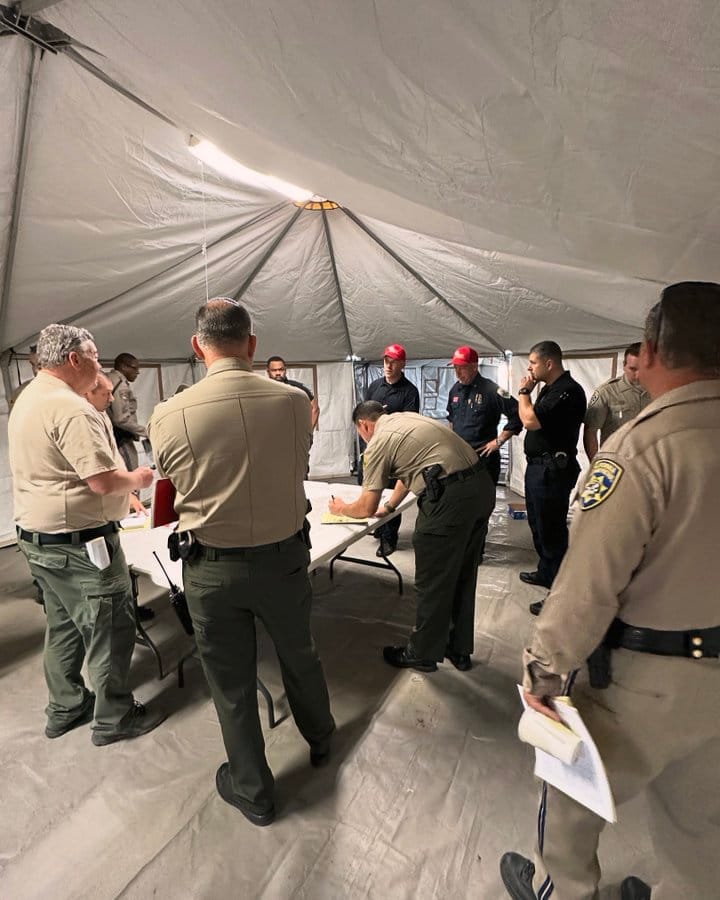
A Community in Crisis
San Bernardino County is facing one of its most severe wildfire crises in recent history. The Line Fire, a fast-moving and highly destructive blaze, has already scorched over 17,459 acres with 0% containment. California Governor Gavin Newsom has declared a state of emergency for the area, and federal assistance has been secured to help combat the fire and support the local response. The wildfire, which began just days ago, has forced thousands of residents to evacuate as it continues to spread, fueled by extreme temperatures, unpredictable winds, and the rugged terrain of the San Bernardino Mountains.
The Rapid Spread of the Line Fire
The Line Fire started near the Natural Parkland Trailhead at the base of the San Bernardino Mountains on Thursday evening. Initially covering a small area, the fire quickly grew out of control due to high temperatures, low humidity, and strong winds. In just a few days, the fire exploded in size, burning more than 17,237 acres by Saturday night—a staggering increase from nearly 7,000 acres just hours earlier. The fire’s explosive growth rate is a stark reminder of the unpredictable nature of wildfires, particularly in California’s drought-stricken landscapes.
Currently, the fire threatens over 35,400 structures, with thousands of residents under mandatory evacuation orders. As of the latest reports, three firefighters have sustained injuries while combating the inferno, which remains completely uncontained. Fire officials have noted that the blaze's aggressive behavior is due in part to the intense heat and dry conditions, which create an environment where wildfires can ignite and spread with alarming speed.
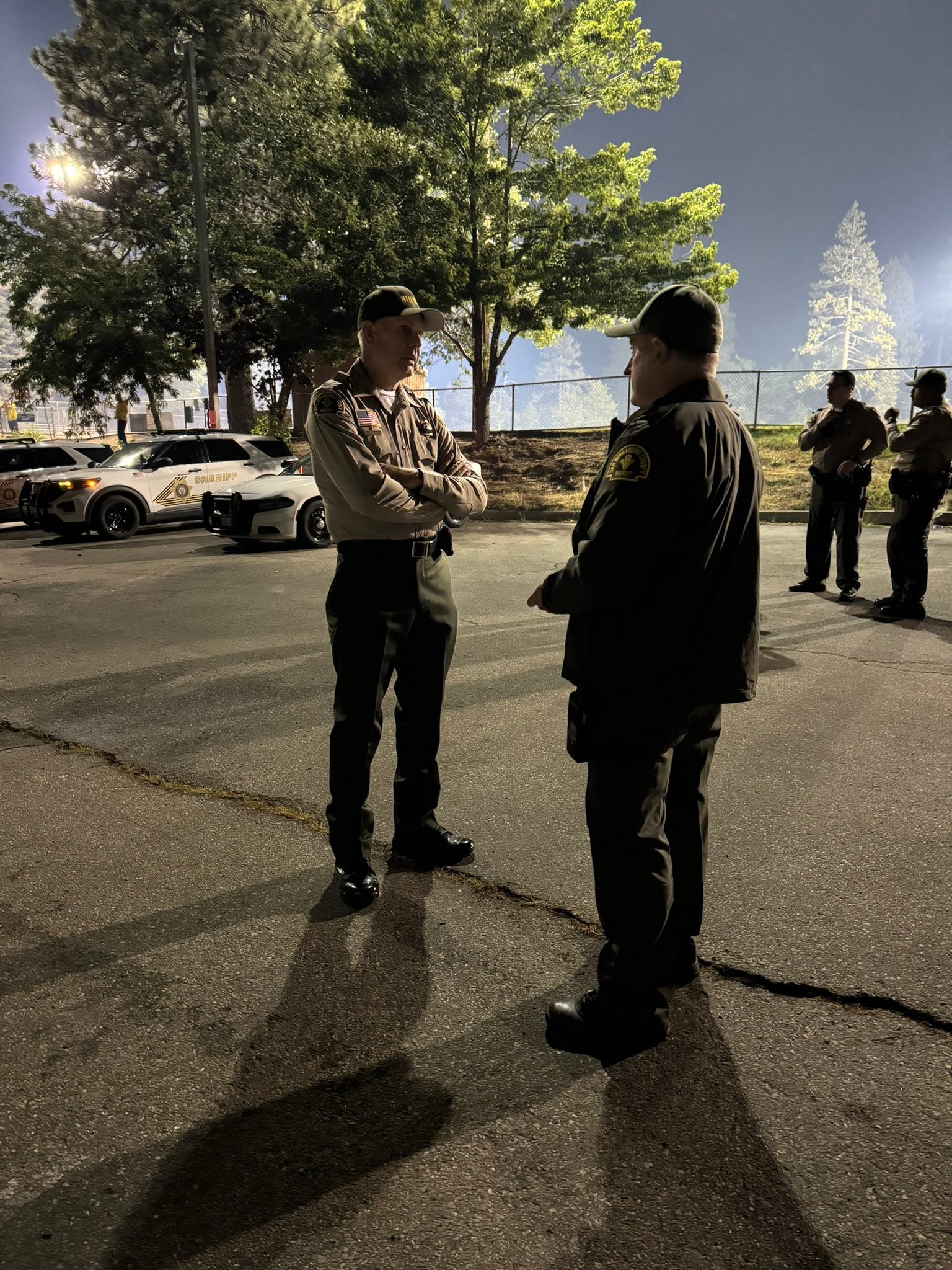
Support Our Team
Gain access to in-depth analysis and stay ahead with our monthly or yearly subscription, bringing you expert-driven articles tailored to keep you informed and empowered with the latest insights.
SupportEvacuation Orders and Warnings: A Community on the Move
As the Line Fire continues to advance, local authorities have issued a series of evacuation orders and warnings to protect residents from the immediate danger posed by the flames. The San Bernardino County Sheriff’s Department has outlined specific areas under mandatory evacuation orders, which include:
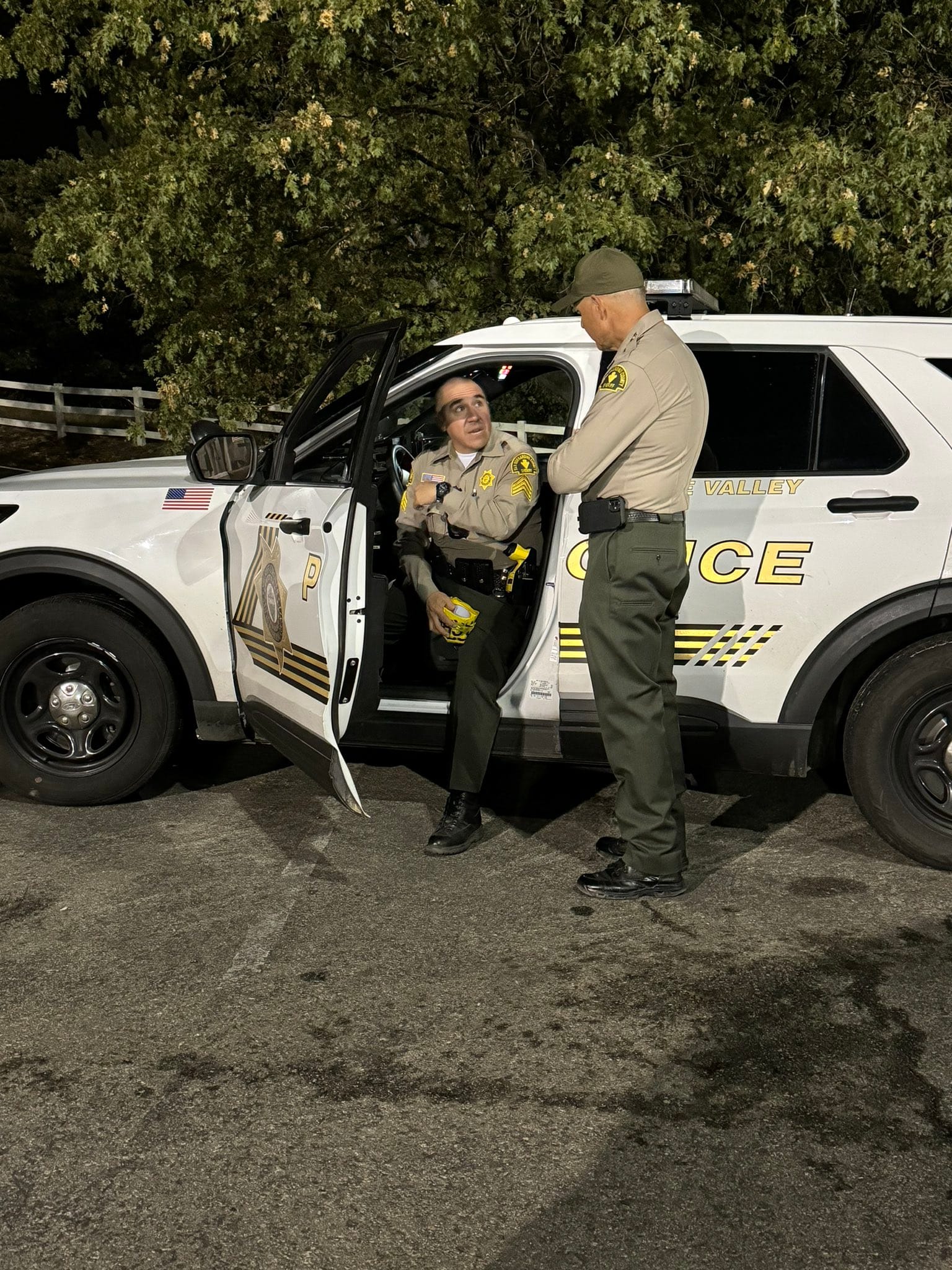
Evacuation Orders:
- The area from Calle Del Rio to Highway 38, including Greenspot Road North.
- All underdeveloped land east of Highway 330 to Summertrail Place and north of Highland Avenue.
- Running Springs areas east of Highway 330 and south of Highway 18.
- The communities of Running Springs and Arrowbear Lake.
- The area east of Orchard Road to Cloverhill from Highland Avenue north to the foothills.
- North of Highland Avenue and East of Palm Avenue to Highway 330.
These areas are considered to be at high risk of immediate fire danger, and residents have been urged to leave their homes without delay. Evacuation orders are not issued lightly; they are a clear indication of life-threatening conditions.
Evacuation Warnings:
- From Boulder Avenue east to Church Street and Greenspot Road north to the foothills.
- Church Street east to the city limit and from the foothills south to Greenspot Road.
- Green Valley Lake north of Highway 18.
- The communities of Cedar Glen, Lake Arrowhead, Crestline, Valley of Enchantment, Angelus Oaks, Seven Oaks, and Mountain Home Village.
These warnings suggest that conditions could worsen rapidly, and residents should be prepared to evacuate at a moment’s notice. The American Red Cross has established evacuation shelters in the area, providing refuge for those displaced by the fire. Additionally, services are being coordinated to assist with the evacuation of pets and livestock.
A Fire That Creates Its Own Weather: The Phenomenon of Pyrocumulus Clouds
One of the most alarming aspects of the Line Fire is its ability to generate its own weather, a phenomenon known as pyrocumulus clouds. These clouds form when intense heat from the fire causes the air to rise rapidly, creating towering plumes of smoke and ash. Pyrocumulus clouds can produce erratic winds, which in turn push the fire in unpredictable directions, making containment efforts even more challenging.
In extreme cases, these clouds can develop into pyrocumulonimbus clouds, which are capable of generating thunderstorms complete with lightning and rain. These weather patterns pose additional risks, as lightning strikes can ignite new fires and strong winds can fan existing flames. The National Weather Service has warned that the presence of these clouds is contributing to a “dangerous situation,” as the fire’s behavior becomes increasingly erratic.
The impact of these fire-driven weather systems has already been felt, with aircraft services being suspended due to dangerous conditions. The inability to deploy air support severely hampers firefighting efforts, as crews must rely solely on ground operations to battle the blaze. This limitation underscores the challenges faced by firefighters as they work in steep, rugged terrain where access is limited and safety is constantly at risk.
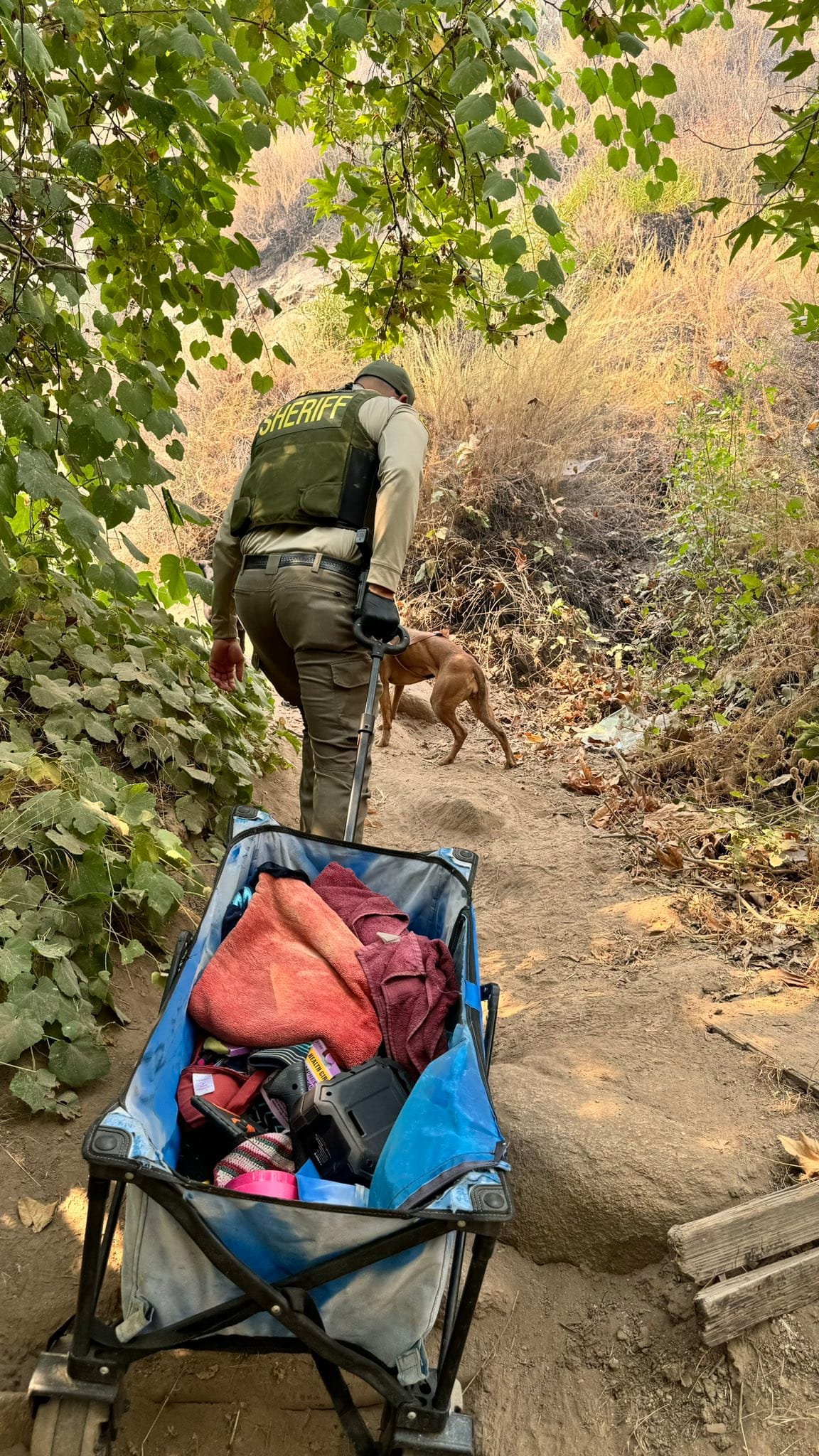
The Human and Environmental Toll
The human toll of the Line Fire is substantial. Thousands of residents have been displaced, with many more living under the constant threat of evacuation. The communities of Running Springs and Arrowbear Lake, major gateways to popular tourist destinations such as Lake Arrowhead and Big Bear, are among the hardest hit. Evacuation orders have led to significant disruptions, with residents scrambling to leave their homes, often navigating through traffic jams and blocked roads.
Firefighters are facing grueling conditions as they battle the blaze. With temperatures soaring between 95° to 105°F—10° to 20°F above the seasonal average—crews are working in extreme heat and dangerous terrain. Winds are expected to reach speeds of 15-20 mph, further complicating containment efforts. The heat, coupled with the fire’s intensity, creates an environment where traditional firefighting methods are often rendered ineffective.
Additionally, the environmental impact of the Line Fire is profound. Thousands of acres of forestland have been consumed, threatening wildlife habitats and leaving a scarred landscape in its wake. The fire's rapid expansion is also contributing to poor air quality across the region, with smoke and ash blanketing nearby communities. The long-term effects on the environment, including soil erosion and the loss of critical ecosystems, will be felt for years to come.
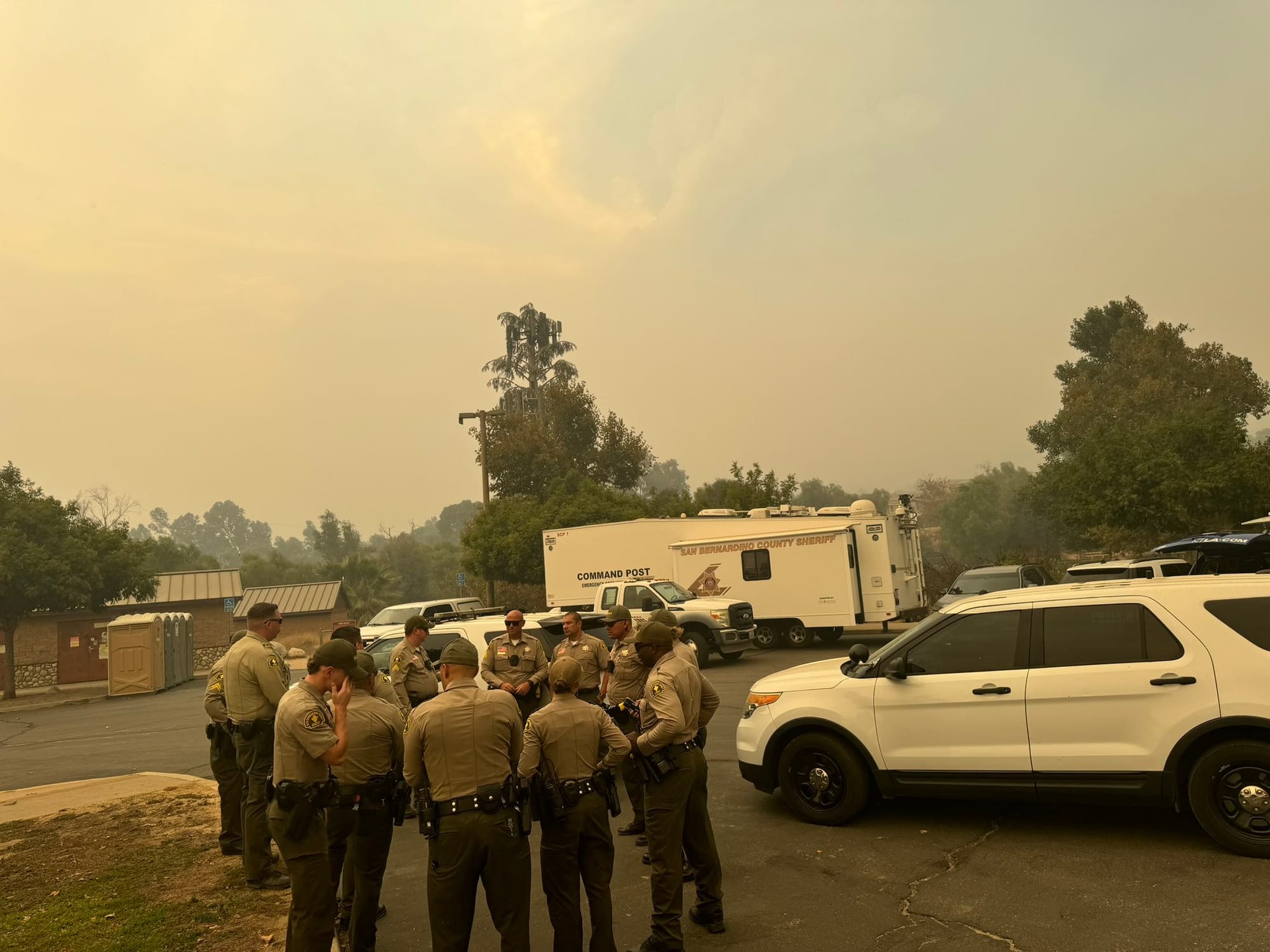
Government Response and Federal Assistance
In light of the growing crisis, Governor Gavin Newsom has taken decisive action by proclaiming a state of emergency for San Bernardino County. This declaration mobilizes additional state resources and streamlines the response efforts, allowing for a more coordinated approach to managing the fire. Furthermore, Governor Newsom has secured federal assistance to help cover the costs associated with fighting the fire, as well as to support recovery efforts in the affected communities.
“I thank President Biden for his swift approval of support for the work of our firefighters and first responders battling this fire and protecting local communities,” Governor Newsom stated. “It’s critical that residents in the impacted areas remain vigilant and prepare to evacuate immediately if called for by local authorities.”
This federal support is crucial, as the financial burden of fighting such a large and intense wildfire can quickly overwhelm local and state resources. The assistance will help ensure that firefighters have the tools and support they need to continue their efforts to contain the fire and protect lives and property.
Looking Ahead: The Path to Recovery
As the Line Fire continues to burn, the path to recovery for San Bernardino County will be long and challenging. The immediate focus remains on containing the fire and ensuring the safety of residents and firefighters alike. However, the long-term recovery process will involve rebuilding homes, restoring damaged infrastructure, and addressing the environmental impacts of the fire.
The resilience of the San Bernardino community will be tested in the days and weeks ahead, but the coordinated efforts of local, state, and federal agencies provide hope. As fire crews work tirelessly to gain control of the blaze, residents are urged to stay informed through official channels and follow all evacuation orders and warnings. The coming days will be critical in determining the extent of the damage and the success of containment efforts.
For now, the priority is clear: protect lives, safeguard communities, and fight the fire with every available resource. The Line Fire has already left a significant mark on San Bernardino County, but through cooperation, vigilance, and resilience, the community can begin to heal and rebuild.
The Line Fire serves as a stark reminder of the growing threat of wildfires in California and the importance of preparedness and swift response. As the battle against the blaze continues, the collective efforts of firefighters, first responders, and the community will play a crucial role in overcoming this formidable challenge.
